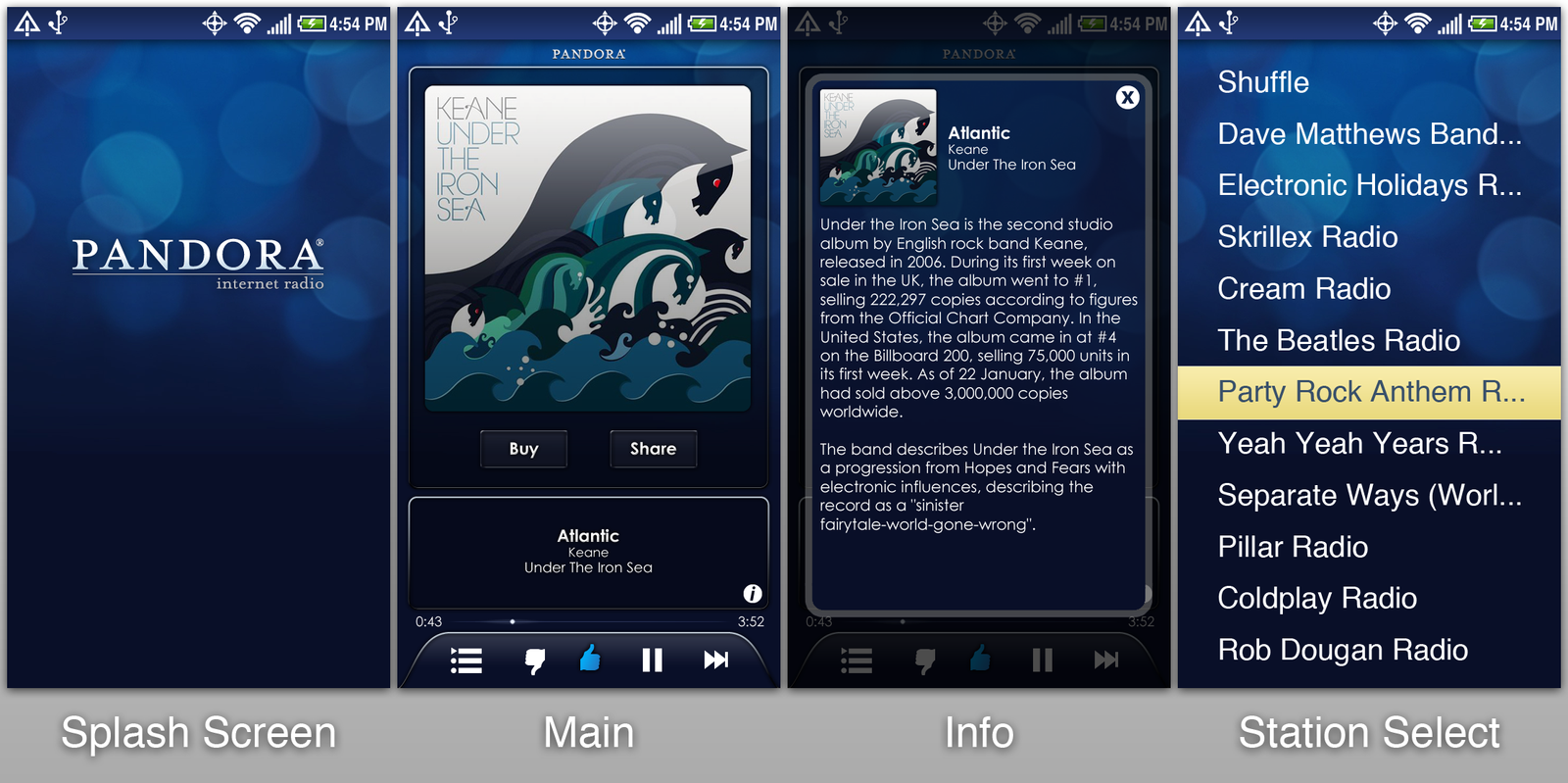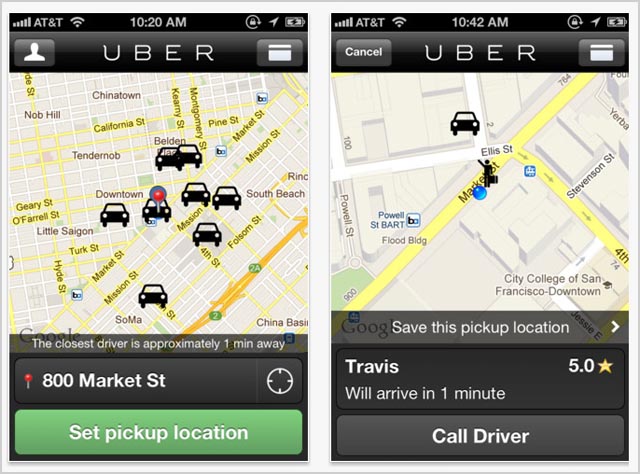Smartphones have become very popular since the dawn of the 20th century. 2013 has particularly been an important year for applications due to the growth of Smartphone users’ fondness for addictive games and other apps that allow them to connect with their friends even when they are offline. Because of people’s growing hype over Smartphone applications, mobile application manufacturers continue to create applications that serve the needs of Smartphone users. Mobile applications are software applications that are especially designed to run on Smartphones, tablet computers and mobile devices. These apps have greatly increased in popularity for most Smartphone users, and their advantages make them unlikely to disappear anytime soon. The tasks that these applications perform greatly benefit Smartphone and tablet users, and these tasks allow these gadgets to perform beyond just the running of the computer itself. Applications that are made available to Smartphone and tablet users today range from application suites, information worker software, educational software, simulation software, media development software to product engineering software. Each of these application types serves the needs of different end users and consists of low-level programs that interact with computers and gadgets like mobile phones and tablets at a very basic level, including operating systems, compilers, and utilities for managing computer resources. Because of the benefits of these applications, it becomes hard to imagine the existence of Smartphones and tablets without them. Here is a list of the 10 that you could not live without this 2013:
10. Pandora

Photo Source: neightron.deviantart.com
Pandora Internet Radio or Pandora is a publicly-traded music streaming and automated music recommendation service that currently has 71 million monthly active users and accounts to 70% of radio listening. It serves as a custodian of the Music Genome Project and available in several countries, including the United States, Australia and New Zealand. This application plays a broad range of musical selections of certain genres based on the user’s preference. It also provides positive or negative feedback for songs chosen by the service and offers users the ability to buy songs or albums from different online retailers. It offers around 400 different musical attributes to users as they select the next song, which are combined into larger groups called focus traits. Examples of these focus traits are rhythm syncopation, key tonality, vocal harmonies and instrumental proficiency.
9. GroupMe

Photo Source: www.techsnapr.com
A mobile group messaging application, GroupMe is not as popular as other applications of its kind like Kik or KakaoTalk, but it is one of the most regularly used applications of several staffers at Forbes. Since it was launched in 2010, this application has made a lot of subscribers and is now known to deliver as much as 550 million messages every month. This application has a web client as well as mobile apps for iOS, Android and Windows Phone. Even if somebody does not want to use this app, he can still send and receive GroupMe messages through SMS. Aside from sending messages, it also allows users to attach and send pictures easily as well as send private messages.
8. Spotify

Photo Source: evolver.fm
Spotify is a music streaming application that provides digital rights management-restricted content from record labels, including Sony, EMI, Warner Music Group and Universal. This application was launched in October 2008 by Swedish startup Spotify AB and had a about 10 million subscribers on its first year. This application is currently available using Microsoft Windows, OS X< Linux, iOS, Android, Blackberry, Windows Mobile, Samsung Smart TV, and a lot more. Through this application, music can be browed by different categories such as artist, album, record label, genre or playlist, as well as by direct searches. Recently, it got the rights to play Led Zellepin’s catalogue of 20 million songs and signed a partnership with Facebook and messaging service cargo Tango.
7. Snapchat

Photo Source: www.theverge.com
A photo messaging application that was developed by Evan Spiegel and Robert Murphy, Snapchat is the leading nascent movement for ephemeral messaging and mobile browsing. Through this application, users can take photos, record videos, add text and drawings and send them to a controlled list of recipients. This app lets Smartphone and tablet users to share photos overlaid with text and drawings to one or more friends. Users of this application sets a time limit for how long recipients can view the photos that they send, after which they will be hidden from the device. Snapchat used to have a reputation of being a viable option for people who do not see the need to leave a potentially damaging, digital trail behind everything that they do and say online.
6. WhatsApp

Photo Source: conversations.nokia.com
This proprietary, cross-platform instant messaging subscription service for Smartphones basically allows users to send messages, videos, and audio media messages. The client software of this application is available for Google Android, Blackberry OS, Blackberry 10, Apple iOS, Nokia Series 40 and a lot more. This application was the first to offer a free texting service that synched with users’ mobile numbers and address books so they do not need to register with a username anymore. It was founded in 2009 by ex-Yahoo engineers and currently has over 400 million active users who pay for an annual subscription of $1 after a year of free subscription. Some Smartphone users use this application to avoid high texting charges when communicating with their friends and relatives overseas.
5. Waze

Photo Source: www.androidguys.com
Known as the first application to successfully build up an enormous data bank of maps and traffic reports through crowd sourcing, Waze is a GPS-based geographical navigation application program intended for Smartphones that have GPS support and display screens that provide turn-by-turn information. This application was developed by the Israeli startup company Waze Mobile which was acquired earlier this year by Google for $1 billion. The company created a highly accurate navigation services by tracking the GPS coordinates of its users and diverting them away from built up traffic. Waze won the Best Overall Mobile App Award during the Mobile World Congress this year, beating Dropbox, Flipboard and many others.
4. Uber

Photo Source: delimiter.com.au
Uber is a car for hire application that allows a user to find a driver within his vicinity and, assuming that he is in a metropolis, can often send it to his doorsteps within just a matter of minutes. Because of the usefulness of this application, Uber was recognized recently as the Tech Company of the Year by the USA Today. Since its launching, it has been able to raise $258 million from Google ventures and TPG investments at a $3.5 billion valuation in August this year. Recently, it was reported that the company is set to book $125 million in sales by the end of the year.
3. Tinder

Photo Source: qz.com
Tinder is a matchmaking application that primarily lets users find their potential dates by simply trawling through photos of other singles on their Smartphone and swiping the ones that they like to the right and the ones that they do not like to the left. Tinder notifies two users if they both swipe each other to the right, labeling them as a “match.” This application is free, and in most countries, it is used by more than 1% of their population. It is considered as one of the top applications this 2013 because of the life-altering effects that it offers to its users.
2. Instagram

Photo Source: www.digitaltrends.com
Instagram is the most popular photo sharing application today. In late 2012, this application was bought by Facebook for $1 billion. It currently has 150 million monthly active subscribers, with 16 billion photos shared each day. It also recently added a feature that allows users to control the ones who see their photos, which, according to Forbes contributor Julie Ask, was a catch-up move against popular messaging apps like Snapchat and WhatsApp.
1. Venmo

Photo Source: venturebeat.com
Venmo is a free application that allows users to exchange payments with people they know through their Smartphones, linking it to their Facebook friends and email contracts as well as to their bank accounts. Through this application, users can also built up a pile of cash in their account so it becomes possible for them to split the bill or pay their date back on their next dinner date. This application is said to offer everything that people ever wanted from payment technology.
